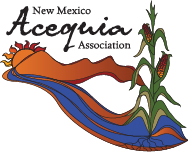Welcome, To all the Bugs!
By Donne Gonzales, NMAA Farm Trainer, and the Sembradores Team We all know that pollinators play a HUGE role in our gardens, orchards, and everyday lives. From bees to butterflies, these small creatures are essential for the health of our … Continued











